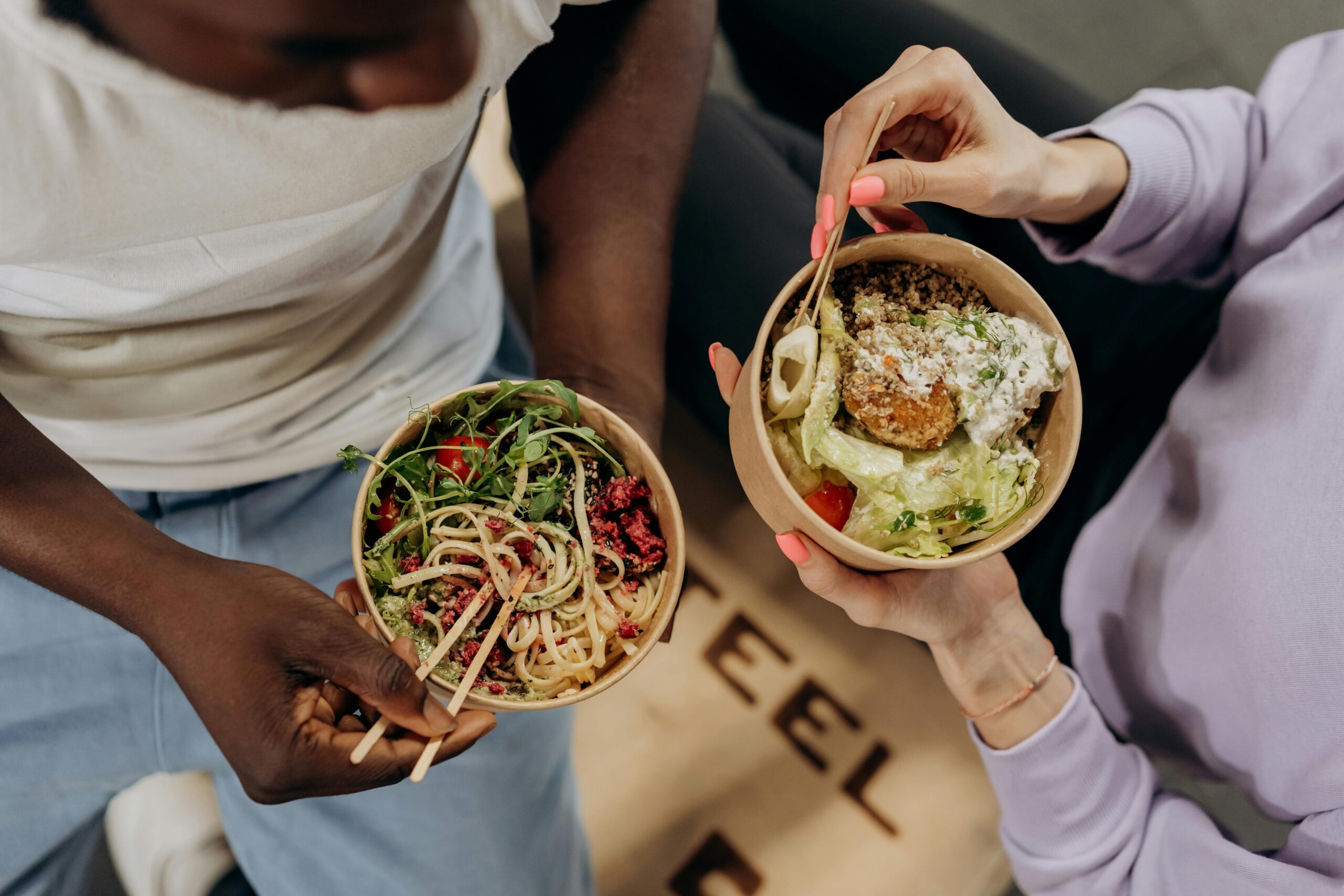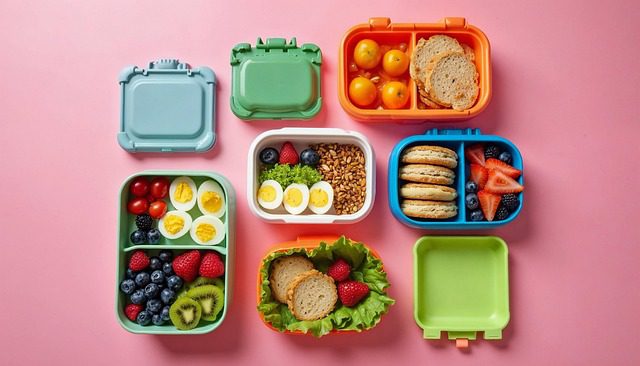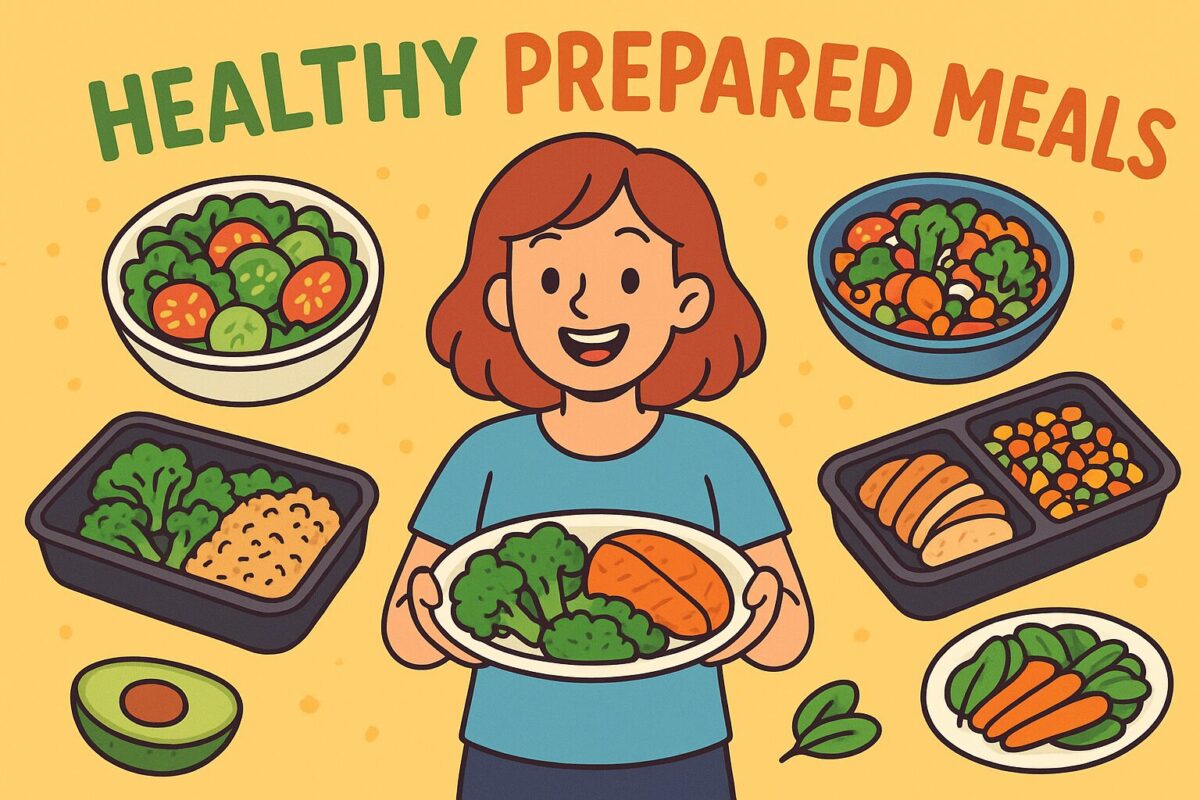Redefining What It Means to Eat “Fit”
The Shift from Dieting to Nourishing
Eating “fit” transcends the restrictive lens of dieting. It’s about cultivating a relationship with food that honors vitality, strength, and well-being. While diets often emphasize deprivation and rigidity, a fit meal focuses on nourishment — fueling the body with intention rather than punishment. It is not about less; it is about better. This modern approach celebrates balance, sustainability, and satisfaction, allowing food to serve as both sustenance and pleasure.
Why Balanced Nutrition Matters More Than Calorie Restriction
Calorie counting may have its place, but it’s a shallow measure of wellness. The human body thrives not merely on energy quantity but on quality. A balanced meal composed of diverse nutrients stabilizes hormones, sustains energy, and supports long-term metabolic health. When the body is fed well, it performs, recovers, and endures with greater resilience — something numbers alone cannot achieve.
Understanding the Concept of a Fit Meal
What Qualifies as a “Fit Meal” in Modern Nutrition
A fit meal is one that harmonizes macronutrients — protein, carbohydrates, and fats — with micronutrients and fiber to meet physical and mental demands. It promotes satiety, aids recovery, and optimizes energy. It isn’t confined to athletes; it’s a blueprint for anyone seeking vitality and balance in their everyday life.
The Science Behind Energy Balance and Metabolism
Metabolism is a dynamic equilibrium, the body’s intricate dance of energy production and expenditure. When intake aligns with output, the body operates efficiently, maintaining muscle mass and a healthy weight. Understanding this balance empowers individuals to eat with awareness — adjusting portions and meal timing to support their unique metabolic rhythm.
How Food Composition Influences Long-Term Wellness
Every bite sends biochemical messages throughout the body. Meals rich in whole foods, complex carbs, and lean proteins nourish cellular health, while processed, nutrient-deficient foods induce inflammation and fatigue. Over time, these choices determine more than physical appearance; they define longevity and vitality.
Macronutrient Mastery: The Building Blocks of Fitness
Proteins: Repair, Recovery, and Lean Muscle Growth
Protein is the architect of the body. It repairs tissue, synthesizes enzymes, and builds lean muscle. Sources like poultry, fish, eggs, tofu, and legumes offer amino acids that support endurance and recovery. Distributing protein throughout the day ensures a steady supply for muscle maintenance and energy.
Carbohydrates: The Misunderstood Energy Source
Carbs have been unjustly vilified. In reality, they’re the body’s preferred fuel, essential for brain function and performance. Whole grains, fruits, and root vegetables provide slow-releasing energy, preventing the crashes caused by refined sugars. The key lies in moderation and mindful selection.
Fats: Essential Allies for Hormone Balance and Brain Health
Healthy fats are indispensable for hormone regulation, cognitive clarity, and nutrient absorption. Avocados, olive oil, nuts, and fatty fish provide omega-rich nourishment that supports longevity and satiety. When integrated wisely, fats become the silent guardians of metabolic harmony.
Micronutrients: The Small Giants of Nutrition
Vitamins and Minerals That Power Every Cell
Micronutrients may be small, but their impact is vast. Vitamins A, C, D, E, and K — along with minerals like magnesium, zinc, and iron — orchestrate countless physiological functions. They strengthen immunity, repair DNA, and maintain energy production at a cellular level.
How Micronutrient Deficiencies Can Sabotage Your Fitness Goals
Deficiencies, though subtle, can derail progress. Low iron reduces stamina; inadequate magnesium disrupts muscle recovery; insufficient vitamin D weakens bones. Consistent variety in your diet is the antidote to these silent barriers.
The Role of Fiber and Hydration
Why Fiber Is Your Digestive System’s Best Friend
Fiber ensures digestive efficiency and stabilizes blood sugar. Found in vegetables, fruits, legumes, and grains, it keeps you fuller longer and nurtures beneficial gut bacteria — the cornerstone of immunity and metabolic health.
Water, Electrolytes, and the Secret to Sustained Performance
Hydration governs every system in the body. Water supports nutrient transport, thermoregulation, and joint lubrication. Paired with electrolytes from fruits and minerals, it keeps muscles firing and the mind alert — an often overlooked pillar of true fitness.
Creating the Perfect Fit Meal Plate
The Visual Guide to Portion Control
Imagine your plate as a palette of balance — half filled with colorful vegetables, a quarter with lean proteins, and another quarter with complex carbohydrates. This visual model eliminates the need for obsessive measurement, teaching intuitive portion awareness.
Colorful Eating: How Variety Ensures Nutrient Density
Every hue on your plate signifies a distinct nutrient. Greens detoxify, reds fight inflammation, oranges boost immunity, and purples protect the heart. The more vibrant your meal, the more robust your nutritional foundation.
Meal Timing and Frequency for Optimal Performance
Debunking Myths Around Meal Frequency
The myth of “six small meals a day” doesn’t suit everyone. What matters most is consistency and alignment with your body’s rhythm. Some thrive on intermittent fasting; others prefer structured intervals. The ultimate goal is to maintain steady energy without fixation.
The Role of Pre- and Post-Workout Nutrition
Before a workout, carbohydrates prime your muscles. Afterward, protein and electrolytes initiate recovery. Timing meals around activity enhances performance and replenishment, creating a cycle of strength rather than depletion.
Plant-Based vs. Animal-Based Fit Meals
The Strengths and Limitations of Each Approach
Plant-based meals offer fiber, antioxidants, and reduced inflammation, while animal-based foods deliver dense protein and micronutrients like B12 and iron. Each has its virtues — and the best diets often blend both mindfully.
How to Build Complete Plant-Based Protein Combinations
Combining legumes with grains — lentils with rice, beans with quinoa — creates a full amino acid profile. Adding seeds, nuts, and fermented soy products ensures balance without relying on animal sources.
Fit Meals for Different Goals
Muscle Gain: Calorie Surplus Done Right
Building muscle requires strategic abundance — a controlled surplus of nutrient-rich calories. Pair proteins with complex carbs and healthy fats to fuel anabolic growth without excessive fat storage.
Fat Loss: Smart Calorie Reduction Without Deprivation
Fat loss flourishes with moderation, not starvation. Prioritize high-fiber foods, lean proteins, and hydration. When the body feels nourished, it releases stored energy willingly.
Maintenance: Sustaining Balance and Energy
Maintenance is the art of consistency. It’s not about perfection but rhythm — nourishing yourself in ways that sustain your physical and mental clarity long-term.
The Psychology of Eating Fit
Building Mindful Eating Habits
Mindful eating transforms meals into moments of connection. Slowing down, savoring flavors, and listening to hunger cues prevent overeating and rekindle appreciation for nourishment.
Overcoming Emotional and Stress-Related Eating Patterns
Food is often a refuge for emotion. Recognizing triggers — fatigue, anxiety, boredom — empowers you to replace reactive eating with restorative practices like journaling, walking, or hydration.
Fit Meal Prep Strategies for Busy Lifestyles
Batch Cooking Like a Pro
Efficiency meets nutrition in batch cooking. Prepping grains, proteins, and vegetables in advance reduces stress and ensures daily consistency — the secret weapon of every health-conscious individual.
Storage, Freezing, and Reheating Without Losing Nutrients
Proper storage maintains flavor and integrity. Use airtight containers, label portions, and reheat gently to preserve nutrients and texture. Small habits lead to lasting health.
The Role of Supplements in a Fit Lifestyle
When Real Food Isn’t Enough
Sometimes, life’s pace or dietary restrictions create gaps. Supplements bridge them, offering concentrated nutrients without replacing whole foods.
Common Supplements for Active Individuals
Omega-3s, vitamin D, B-complex, and protein powders are staples. Adaptogens like ashwagandha or maca can also support resilience and recovery under stress.
Smart Snacking: Keeping Hunger in Check Between Meals
Healthy Snack Swaps for Sustained Energy
Replace empty-calorie snacks with nuts, yogurt, fruit, or hummus. Each provides fiber, protein, and satisfaction without blood sugar spikes.
The Science Behind Cravings and Satiety
Cravings often signal imbalance — dehydration, stress, or sleep deprivation. Understanding the root helps you satisfy your body’s needs rather than its impulses.
Breakfasts That Kickstart the Day
High-Protein Options to Fuel Your Morning
Eggs, Greek yogurt, tofu scrambles, or protein smoothies stabilize morning energy and curb late-day overeating.
Balancing Carbs and Fats for Stable Energy
Pair oatmeal with nut butter, or whole-grain toast with avocado. The interplay of carbs and fats ensures steady fuel for mind and body.
Lunches That Keep You Focused and Satisfied
The Power of Complex Carbs and Greens
Brown rice bowls, quinoa salads, and lean proteins deliver lasting energy and cognitive sharpness through the afternoon.
Portable and Prep-Friendly Lunch Ideas
Wraps, grain bowls, and mason jar salads make nutritious eating convenient for any schedule.
Dinners That Restore and Replenish
Light Yet Nutrient-Rich Evening Meals
Opt for grilled fish, steamed vegetables, and legumes. Evening meals should calm the body while supporting recovery.
Foods That Support Sleep and Recovery
Magnesium-rich foods — spinach, almonds, bananas — encourage deep rest and muscle repair overnight.
Fit Meals on the Go
How to Eat Healthy While Traveling
Preparation prevents compromise. Pack snacks, choose grilled over fried, and prioritize hydration. Balance, not restriction, sustains travel wellness.
Decoding Restaurant Menus and Making Smart Choices
Scan menus for keywords: “grilled,” “baked,” “steamed.” Request dressing on the side, and listen to your satiety cues. Mindful dining trumps rigid rules.
Cultural Variations of Fit Meals Around the World
Mediterranean Balance: Oils, Grains, and Greens
The Mediterranean plate — rich in olive oil, seafood, and legumes — embodies longevity and simplicity.
Asian Traditions of Portion and Variety
Asian cuisines celebrate moderation and diversity — small portions, fermented foods, and fresh vegetables harmonize digestion and balance.
Latin Energy: Beans, Roots, and Lean Proteins
Latin-inspired meals thrive on fiber-rich beans, sweet potatoes, and vibrant herbs that energize without excess.
Common Mistakes When Creating Fit Meals
Overcomplicating Your Plate
Simplicity sustains success. Overly complex plans lead to burnout — wholesome ingredients in balanced portions suffice.
Ignoring Liquid Calories and Hidden Sugars
Smoothies, sauces, and drinks often conceal sugars. Awareness prevents unintentional excess.
Misjudging Portion Sizes
Even healthy foods can contribute to imbalance if portions expand unchecked. The hand or plate method restores intuitive control.
Tracking Progress Without Obsession
Using Metrics Beyond the Scale
Energy, mood, sleep, and strength reveal progress more accurately than numbers. Health is holistic, not numerical.
The Importance of Consistency Over Perfection
Perfectionism sabotages progress. Consistent, small efforts yield transformation that rigid ideals never can.
Sustainability and the Future of Fit Eating
How Eco-Conscious Eating Complements Personal Fitness
Sustainable choices — local produce, minimal waste — nurture both the planet and personal health. A fit body flourishes in a thriving environment.
The Rise of Functional and Personalized Nutrition
Technology now tailors nutrition to genetics and lifestyle, ushering in an era of precision health. The fit meal of tomorrow will be as individual as a fingerprint.
Conclusion: Crafting a Lifestyle, Not a Diet
How to Stay Committed to the Fit Meal Philosophy
Commitment arises from purpose, not pressure. When eating aligns with well-being, discipline becomes instinctive.
The Joy of Eating with Purpose and Balance
True wellness lies in the harmony between nourishment and enjoyment. A fit meal is not a rule — it’s a ritual of self-respect, vitality, and joy.




